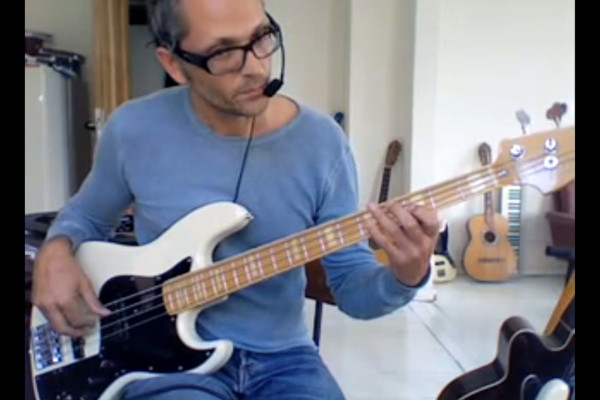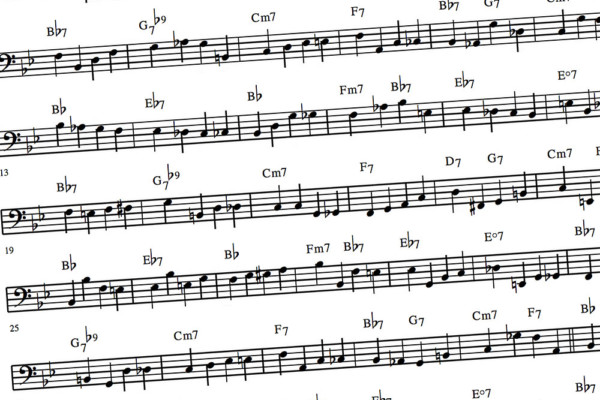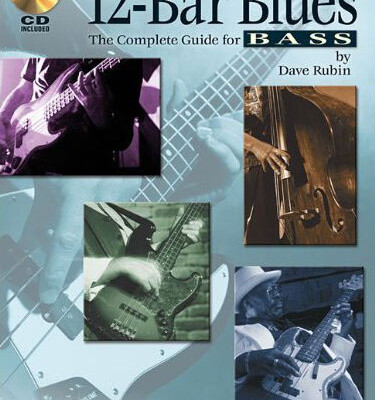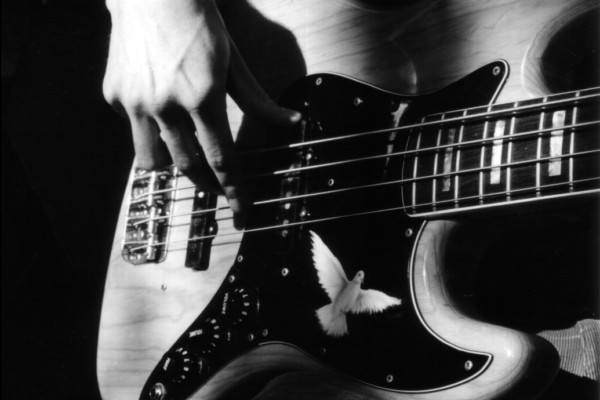Blues Bass Archives - Page 2
Keep It Groovy: Play The Blues Classic, “Got My Mojo Working”
Today we feature another blues bass lesson with the classic Muddy Waters tune, “Got My Mojo Working.” We’ll follow a classic 12-bar blues progression and use a quintessential descending line for the turnaround at the end of the progression. This is definitely a must-know tune if you want to get into the blues.
The Brown’stone: Playing The Blues Using Ghost Notes
This week in The Brown’stone on No Treble, Rich Brown is taking the ghost notes concept he talked about in a previous lesson, applying it to The Blues.
Advanced Bass: Stitt & Trane Blues
The Blues is one of the major building blocks for jazz and improvised music, making it a logical starting point for applying your improvisational concepts. The problem exists when people learn some concepts and then attempt to jam along with no specific goals in mind. This is a big mistake! In this lesson, we’ll cover just one of the stepping...
Getting “Unstuck” from the Blues Scale
Q: How do I get myself unstuck from using the blues scale? Whenever I solo in fingerstyle or slap, I can’t help but to be stuck on the blues scale. I want to move on from it. Also, when I’m doing slap, I stick to octaves, but I want to be able to do different intervals and move around a...
Walking Bass Lesson: 12 Bar Blues
When you’re presented with a 12-bar blues, you have different options for how to create a walking bass line. In this lesson, we’ll cover those options. The song example I’m using is “Gotta Mind to Travel” by Coco Montoya, if you want to check that out.
The Blues: It’s Not “Just a Blues”
Believe it or not, I’m a huge fan of the blues. This particular genre caught my attention at a young age and it has taken years (and, I expect, will require many more) to appreciate some of its subtleties. If you’ve had an opportunity to check out my series on blues bass playing, then this column acts as a quintessential...
12-Bar Blues: The Complete Guide for Bass
Hal Leonard’s Inside the Blues series released earlier this year has an edition focused solely on bass, penned by Dave Rubin. 12-Bar Blues: The Complete Guide for Bass is a book/CD combo offering up a well-rounded approach to learning – or improving – playing various forms of the blues. Rubin starts off with the basics, including tuning and breaking down...
Blues Endings: Tips for Avoiding the Train Wreck
Early on in my musical career, a wise man once told me that the mark of a good band is one that starts together and ends together. This doesn’t mean that whatever is played in the middle doesn’t matter, but it alludes to the importance of how well-rehearsed the players are or how well they feel each other out if...
Let’s Talk About the Blues Scale
The Blues Scale. Why do so many players talk about this as the quintessential soloing tool? Have you ever wondered why the blues scale doesn’t always sound good while being played over a blues progression? Aren’t you looking for something more “realistic” in terms of an approach for soloing? Although this column is starting to sound like an infomercial proposing...
More Blues Feels! Rumbas, Funky Blues, and Rock-n-Roll
Here are three more feels to have at your fingertips whenever you’re stepping into a blues gig or jamming situation. As I’ve mentioned in previous “feels” columns, bandleaders enjoy putting their own spin on certain tunes and will often deviate from the recorded version of the song by changing the feel. It’s also nice to break up the monotony of...
Blues Bass: Jump Blues, Two-Beat and “The Bump”
So far, we’ve examined different kinds of blues progressions, tips for playing on the bandstand, and two common blues feels: the shuffle and the slow blues. In this column, as well as the following one, I’d like to dig deeper and discuss other standard blues feels that you’ll be likely to play. I’ll try to reference certain songs so that...
Slow Blues: The Art of Making Each Note Count
The slow blues: a song that can last anywhere between 3 minutes and 30 minutes… depending on the guitar solos! For bass players, we’re challenged to keep our (and the audiences’) interest in the music and fuel the fire that makes the 30-minute rendition of “Red House” seem like something worth listening to. The style is particularly interactive, and if...









